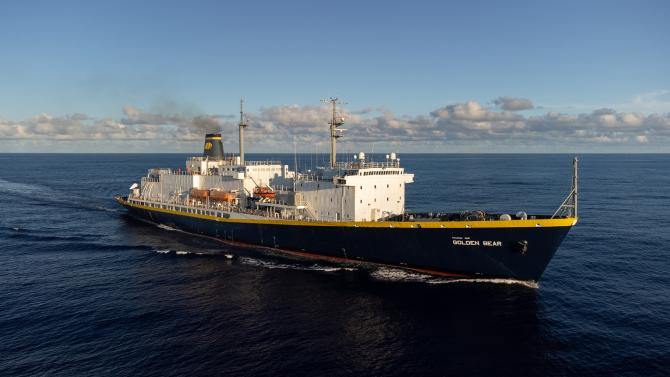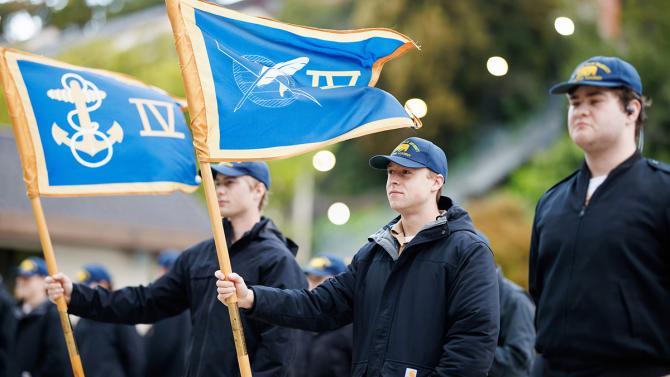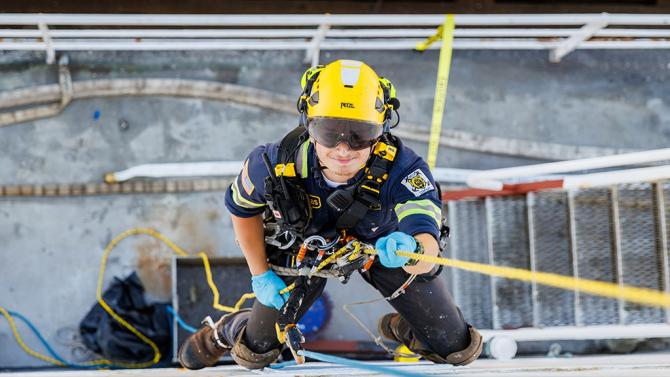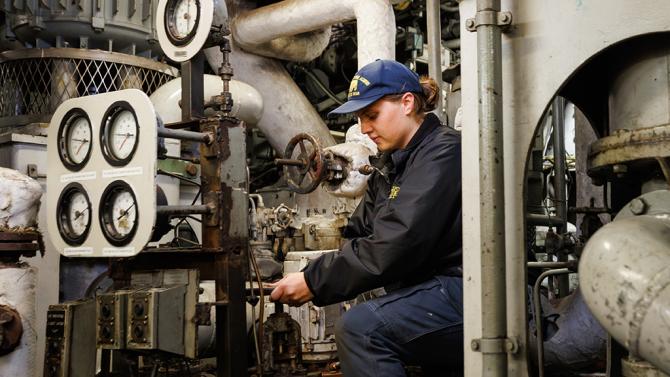The Adventure Starts here
The west coast's only maritime degrees
Cal Poly Maritime Academy blends our Learn by Doing approach with cutting-edge innovation and a seafaring tradition. Cal Poly Solano Campus is located on the shore of San Pablo Bay, part of the greater San Francisco Bay. Our rigorous programs prepare students and cadets for leadership in the global maritime, transportation and logistics industries. Backed by exceptional job placement rates and impressive starting salaries, graduates leave ready to lead —with real-world experience and the confidence to navigate high-stakes careers from day one.
Charting a New Course
On July 1, 2025, Cal Poly Maritime Academy (formerly Cal Maritime) began an integration with Cal Poly. This yearlong transformation is creating new pathways for student success, hands-on leadership training and real-world career development.
The first fully-integrated Cal Poly Maritime Academy students will enroll fall 2026.

Launch a Career with
Your Maritime Degree
A maritime degree prepares you for careers in industries that drive global trade. At Cal Poly Maritime Academy, you’ll develop technical expertise, gain hands-on experience and train for leadership roles at sea and onshore through one of our specialized undergraduate degree programs.
Business Administration - International Business and Logistics
Facilities Engineering Technology
International Strategy and Security
Marine Engineering Technology
Marine Transportation
Mechanical Engineering
Oceanography
What Sets Us Apart

Global Maritime Leadership
Over 80% of global trade moves by sea—and the world needs skilled leaders to keep it going. At Cal Poly Maritime Academy, you’ll build the technical skills, leadership experience and problem-solving mindset to thrive in this high-impact field. Whether you're working on a ship or leading operations onshore, you'll help move goods safely and sustainably, support clean technology and international standards and protect the ocean. You’ll be ready to lead from day one and make a real impact in a global industry.

Real-World Experience
Every program includes a Summer Sea Term, an industry internship or both. During Sea Term, you’ll join a 60-day sea voyage exploring the Pacific Rim, gaining experience on the bridge, in the engine room and on deck, visiting ports and connecting with global cultures. Internships with top companies help you turn classroom knowledge into real-world skills so you graduate confident and career-ready.

Cutting-Edge Facilities
You won’t just sit in a classroom. You’ll train on the same tech used across the industry. The 500-foot Training Ship Golden Bear is a floating lab where you’ll work on real systems that reduce environmental impact, like ballast water treatment and emissions control. In the Simulation Center, you’ll use 360-degree simulators to practice navigation and emergency response. In our Engineering and Navigation Labs, you’ll get hands-on with real maritime systems—learning the tools and tech you’ll use to lead at sea or on land.
